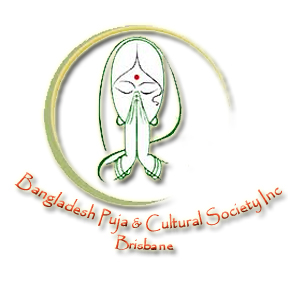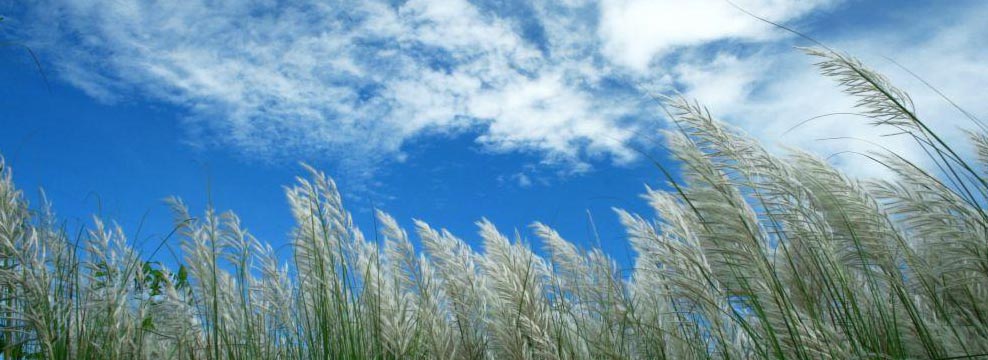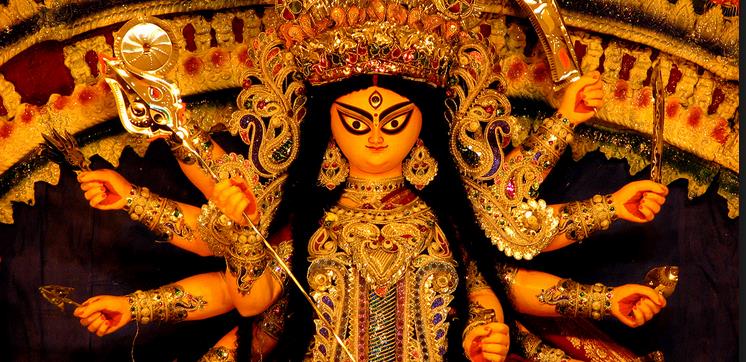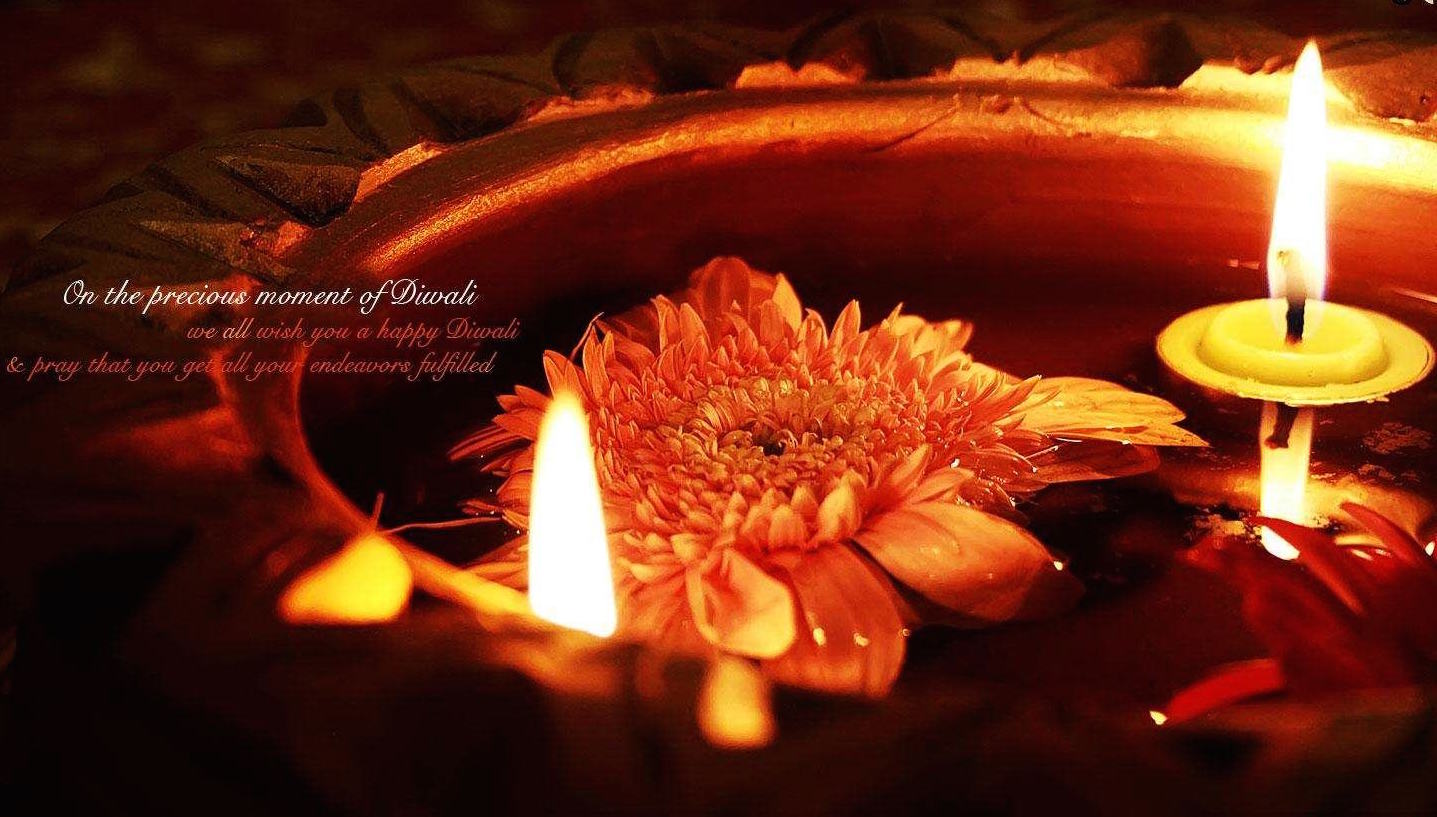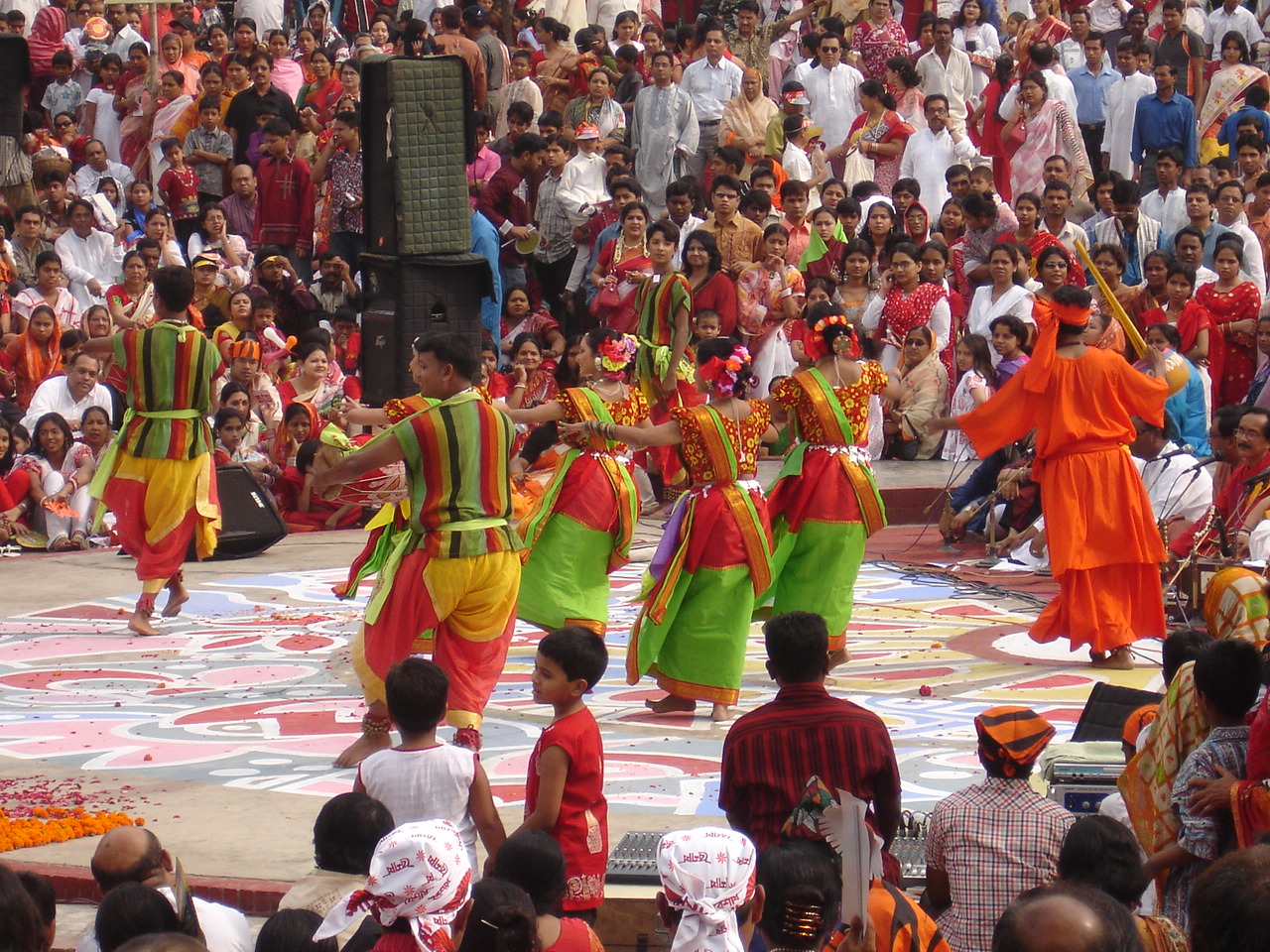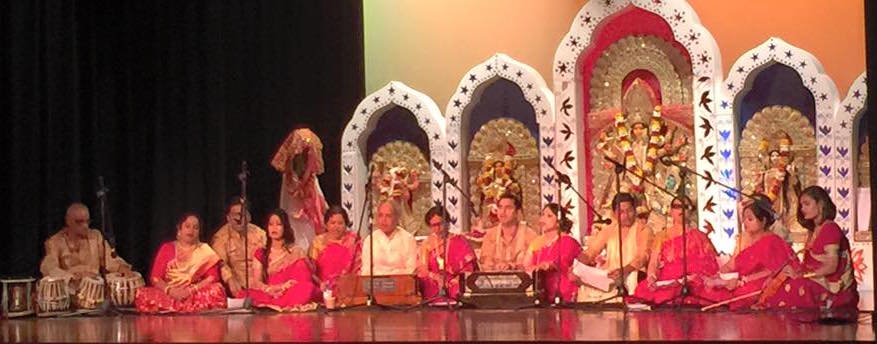Pohela Boishakh (Bengali: পহেলা বৈশাখ, or Bengali New Year Bengali: বাংলা নববর্ষ, Bangla Nôbobôrsho), is the first day of the Bengali calendar, celebrated on 14 April in the Bangladesh and 15 April in the Indian state of West Bengal by the Bengali people and also by minor Bengali communities in other Indian states, including Assam, Tripura, Jharkhand and Orrisa. It coincides with the New Year’s days of numerous Southern Asian calendars like Tamil new year Puthandu. The traditional greeting for Bengali New Year is শুভ নববর্ষ “Shubhô Nôbobôrsho” which is literally “Happy New Year”.
Names
In Bengali, Pohela stands for ‘first’ and Boishakh is the first month of the Bengali calendar. Bengali New Year was referred to in Bengali as “New Year” (Bengali: নববর্ষ Noboborsho) or “First of Boishakh” (Bengali: পহেলা বৈশাখ Pôhela Boishakh).
History
The Bengali calendar is tied to the Indian solar calendar, based on the Surya Siddhanta. As with many other variants of the Indian solar calendar, the Bengali calendar commences in mid-April of the Gregorian year. The first day of the Bengali year therefore coincides with the mid-April new year in Mithila, Assam, Burma, Cambodia, Kerala, Manipur, Nepal, Odisha, Sri Lanka, Tamil Nadu and Thailand.
The development of the Bengali calendar is often attributed to king of Gour or Gauda, Shashanka as the starting date falls squarely within his reign.
Mughal Emperor Jalaluddin Muhammad Akbar, introduced a revised Bengali Calendar in order to make tax collection easier in Bengal. The Mughals collected tax according to the Islamic calendar and Akbar ordered an improvement of the calendar systems, because the lunar Islamic calendar did not agree with the harvest sessions and the farmers faced severe difficulties in paying taxes out of season. Some sources credit the idea to the finance minister of Akbar, Todar Mal. The distinctive characteristic of this revised Bengali year was that, rather than being a solar or lunar calendar, it was based on a union of the solar and lunar year. This was essentially a great promotion, as the solar and lunar years were formulated in very diverse systems. Primarily this calendar was named as “Fasli San” and then “Bônggabdô”. The Bengali Year was launched on 10/11 March 1584, but was dated from 5 November 1556 or 963 Hijri. This was the day that Akbar defeated Himu in the clash of Panipat 2 to ascend the throne.
Ershad did change the 1st day of Bengali Calendar from April 15 to April 14.. But all Hindus follow the old calendar. The length of a year is counted as 365 days, as in the Gregorian calendar. However, the actual time taken by the earth in its revolution around the sun is 365 days 5 hours 48 minutes and 47 seconds. To make up this discrepancy, the Gregorian calendar adds an extra day, to make a leap year, to the month of February every fourth year (except in years divisible by 100 but not by 400). To counter this discrepancy, and to make the Bengali calendar more precise, the following recommendations of the Bangla Academy are followed: The first five months of the year from Bôishakh to Bhadrô will consist of 31 days each. The remaining seven months of the year from Ashwin to Chôitrô will consist of 30 days each. In every leap year of the Gregorian calendar, an additional day will be added in the month of Falgun (which is just 14 days after 29 February).
The first day of the New Year of the Indian solar calendar and all derived calendars including Bengali calendar is the first day of the new year, and historically the day has been seen across the subcontinent as the day for a new opening and celebrated accordingly. In Bengal landlords used to allocate sweets among their tenants, and businessmen would commence a “Halkhata” (new financial records book) and lock their old ones. Vendors used to provoke their consumers to allocate sweets and renew their business relationship with them. There were fairs and festivities all over.
The Bengali New Year begins at dawn, and the day is marked with singing, processions, and fairs. Traditionally, businesses start this day with a new ledger, clearing out the old.
People of Bangladesh enjoy a national holiday on Poila Boishakh. All over the country people can enjoy fairs and festivals. Singers perform traditional songs welcoming the new year. People enjoy classical jatra plays.
Like other festivals of the region, the day is marked by visiting relatives, friends and neighbors. People prepare special dishes for their guests.
The festivities from the deep heartland of Bengal have now evolved to become vast events in the cities, especially the capital Dhaka.
In Dhaka and other large cities, the festivals begin with people gathering under a big tree. People also find any bank of a lake or river to witness the sunrise. Artists present songs to welcome the new year, particularly with Rabindranath Tagore’s well-known song “Esho, he Boishakh”.
People from all spheres of life wear classical Bengali dresses. Women wear saris with their hair bedecked in flowers. Likewise, men prefer to wear panjabis. A huge part of the festivities in the capital is a vivid procession organized by the students and teachers of Institute of Fine Arts, University of Dhaka.
Of the major holidays celebrated in Bangladesh and West Bengal, only Pôila Boishakh comes without any preexisting expectations. Unlike Eid ul-Fitr and Durga Pujo, where dressing up in lavish clothes has become a norm, or Christmas where exchanging gifts has become an essential part of the holiday, Pôila Boishakh is about celebrating the simpler, rural heartland roots of the Bengal.
In Dhaka
Poila Boishakh is celebrated with grandeur and colours in Dhaka and other parts of Bangladesh. The celebrations are started at the break of dawn with a rendition of Rabindranath Tagore’s song “Esho he Baishakh” by Chhayanat under the banyan tree at Ramna (the Ramna Batamul). An integral part of the festivities is the Mongol Shobhajatra, a traditional colourful procession organised by the students of the Faculty of Fine Arts (Charukala) of Dhaka University. The procession has a different theme relevant to the country’s culture and politics every year. Different cultural organizations and bands also perform on this occasion and fairs celebrating Bengali culture are organized throughout the country. Other traditional events held to celebrate Poila Boishakh include bull racing in Munshiganj, wrestling in Chittagong, boat racing, cockfights, pigeon racing.
In Chittagong Hill Tracts
In the Chittagong Hill Tracts alongside Pahela Baishakh, Boisuk of Tripuri people, Sangrai of Marma peopleand Biju of Chakma people have come together as Boi-Sa-Bi, a day of a wide variety of festivities that is observed on the last day of Chaitra, i.e., 13 April. The day is a public holiday in the Chittagong Hill Tracts.
In Kolkata
In Kolkata, Poila Boishakh (and the entire month of Boishakh) is considered to be an auspicious time for marriages. These days people wear new clothes and go about socialising. Choitro, the last month of the previous year, is the month of hectic activities and frantic purchases. Garment traders organise a Choitro sale and sell the garments with heavy discounts.
Poila Boishakh is the day for cultural programmes. Prayers are offered for the well-being and prosperity of the family. Young women clad in white saris with red borders and men clad in dhuti and kurta take part in the Probhat Pheri processions early in the morning to welcome the first day of the year. This day being auspicious, new businesses and new ventures are started. The Mahurat is performed, marking the beginning of new ventures.
Poila Boishakh is the beginning of all business activities in Bengal. The Bengali Hindu traders purchase new accounting book. The accounting in the halkhata begins only after offering puja. Mantras are chanted and স্বস্তিক shostik (“Hindu swastika”) are drawn on the accounting book by the priests.
Long queues of devotees are seen in front of the Kalighat temple from late night. Devotees offer puja to receive the blessings of the almighty.
On Poila Boishakh fairs are held in West Bengal. The most famous of these is Bangla Sangit Mela, held at Nandan-Rabindra Sadan ground. It is conducted by the Government of West Bengal.
Source: Wikipedia
